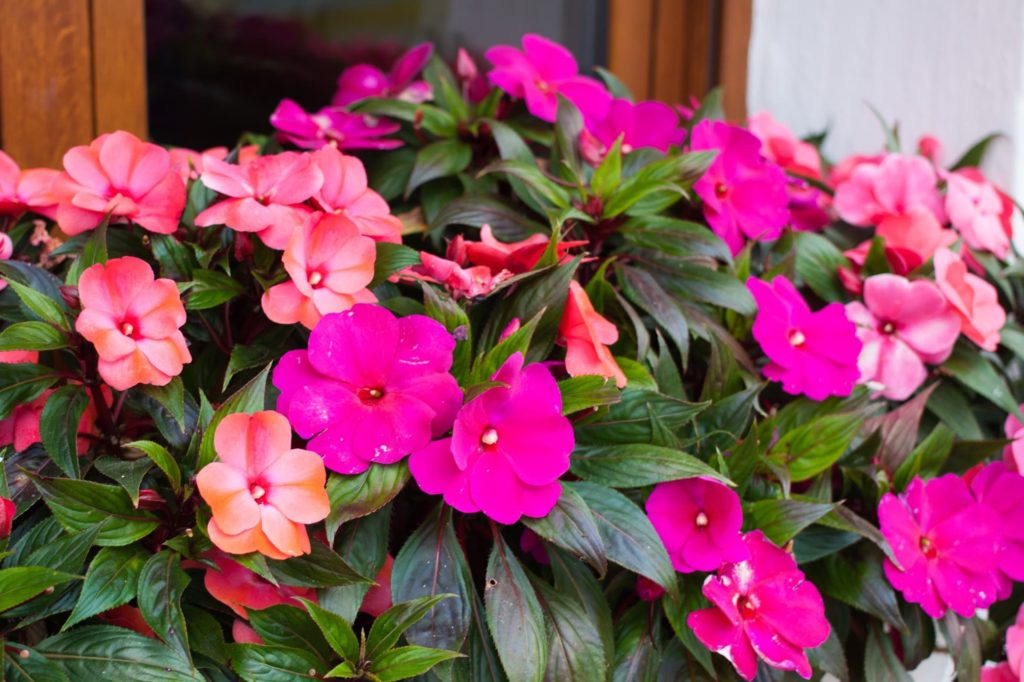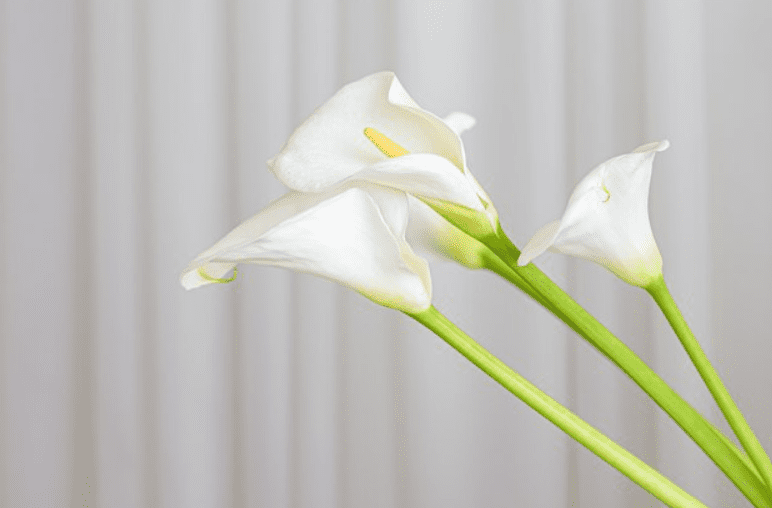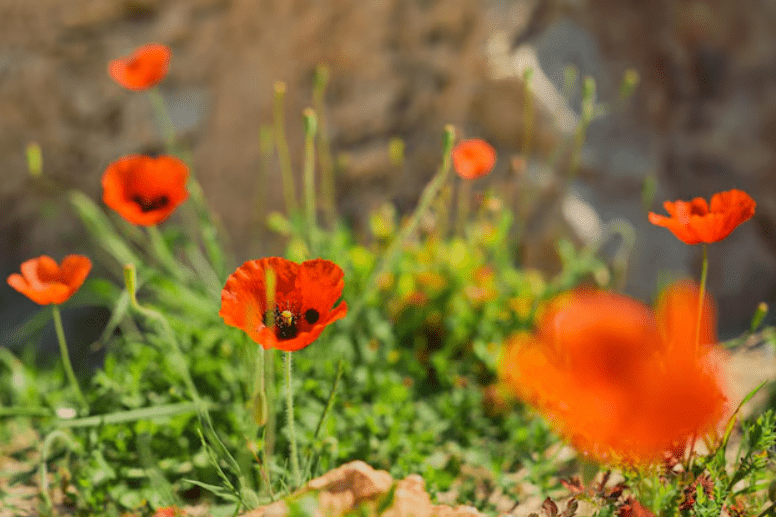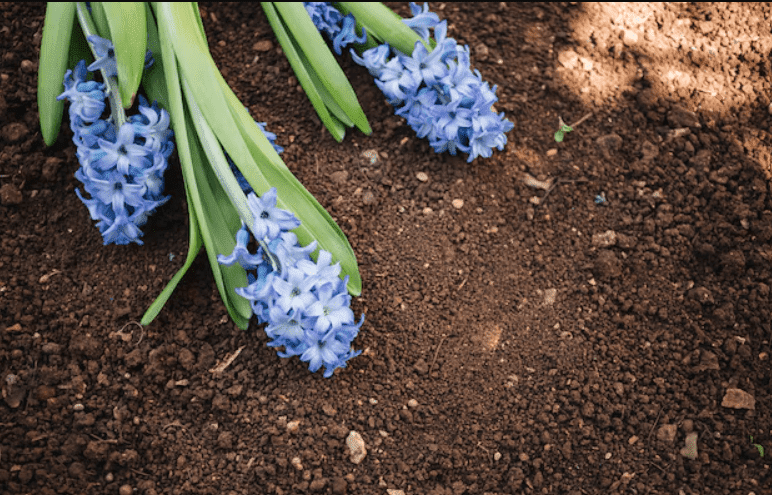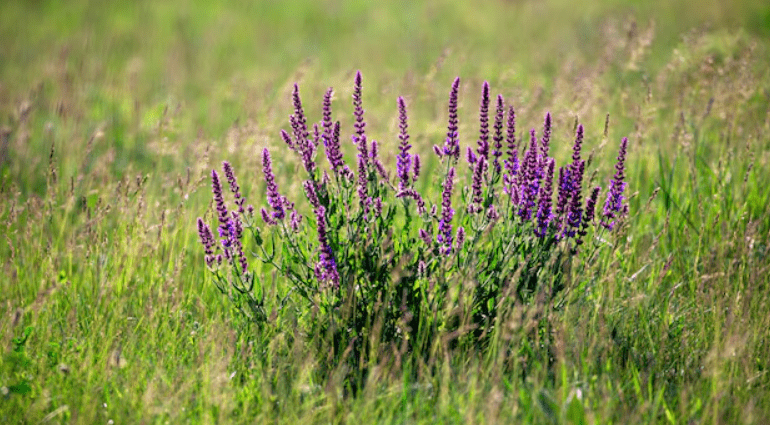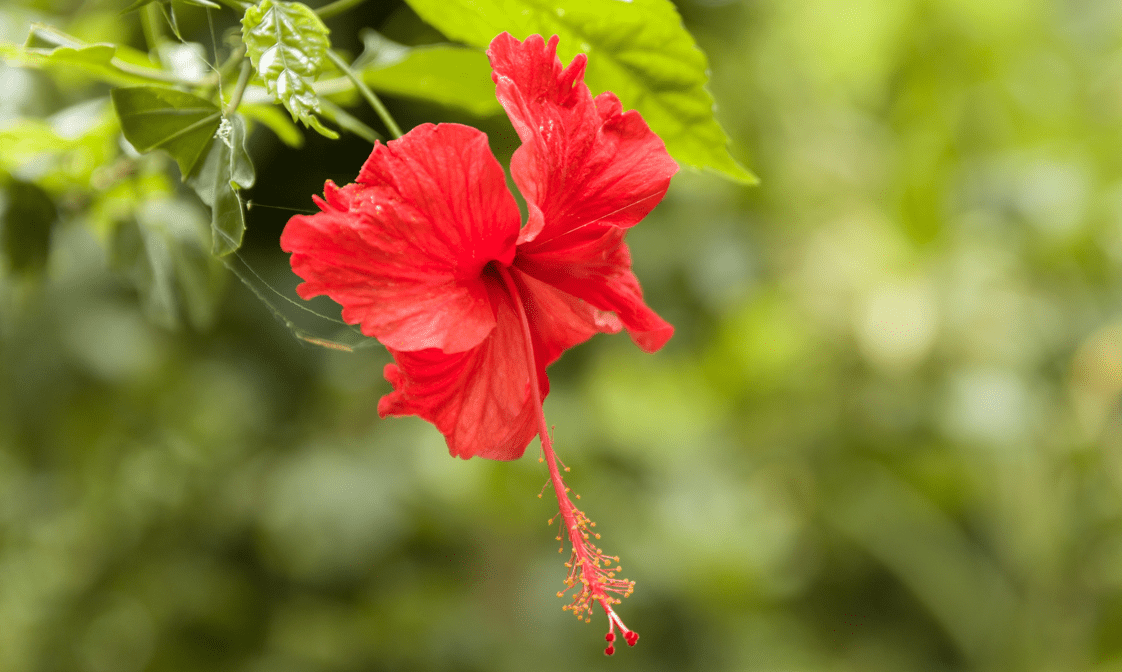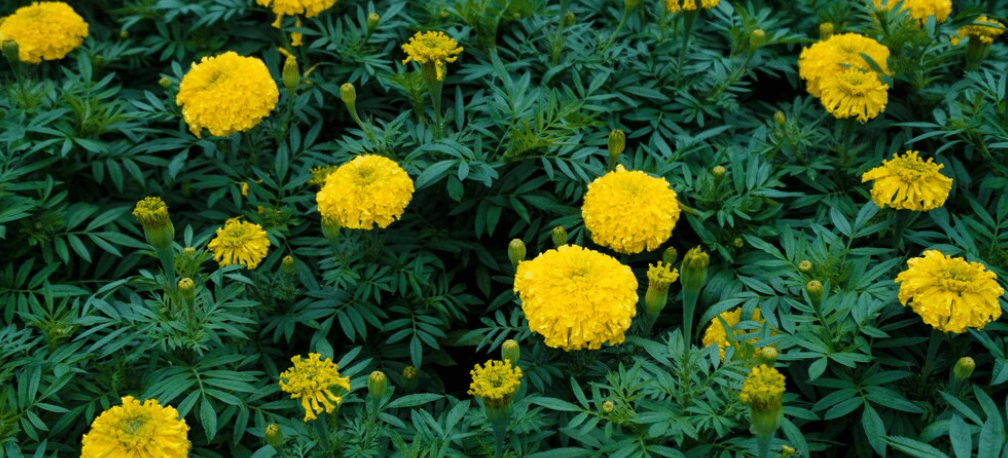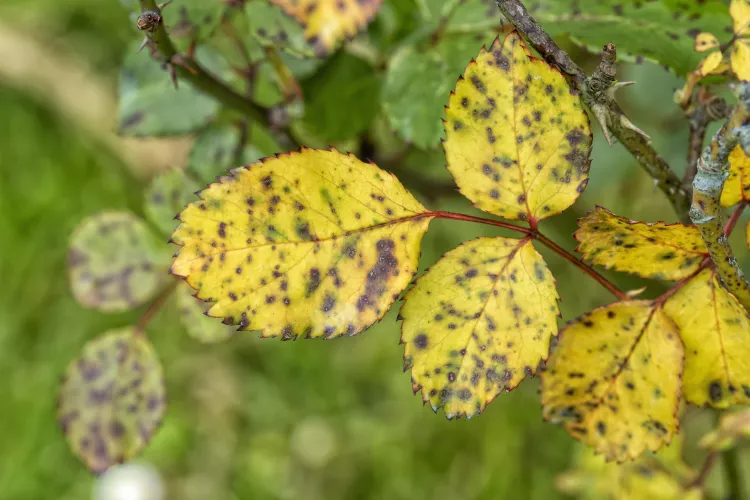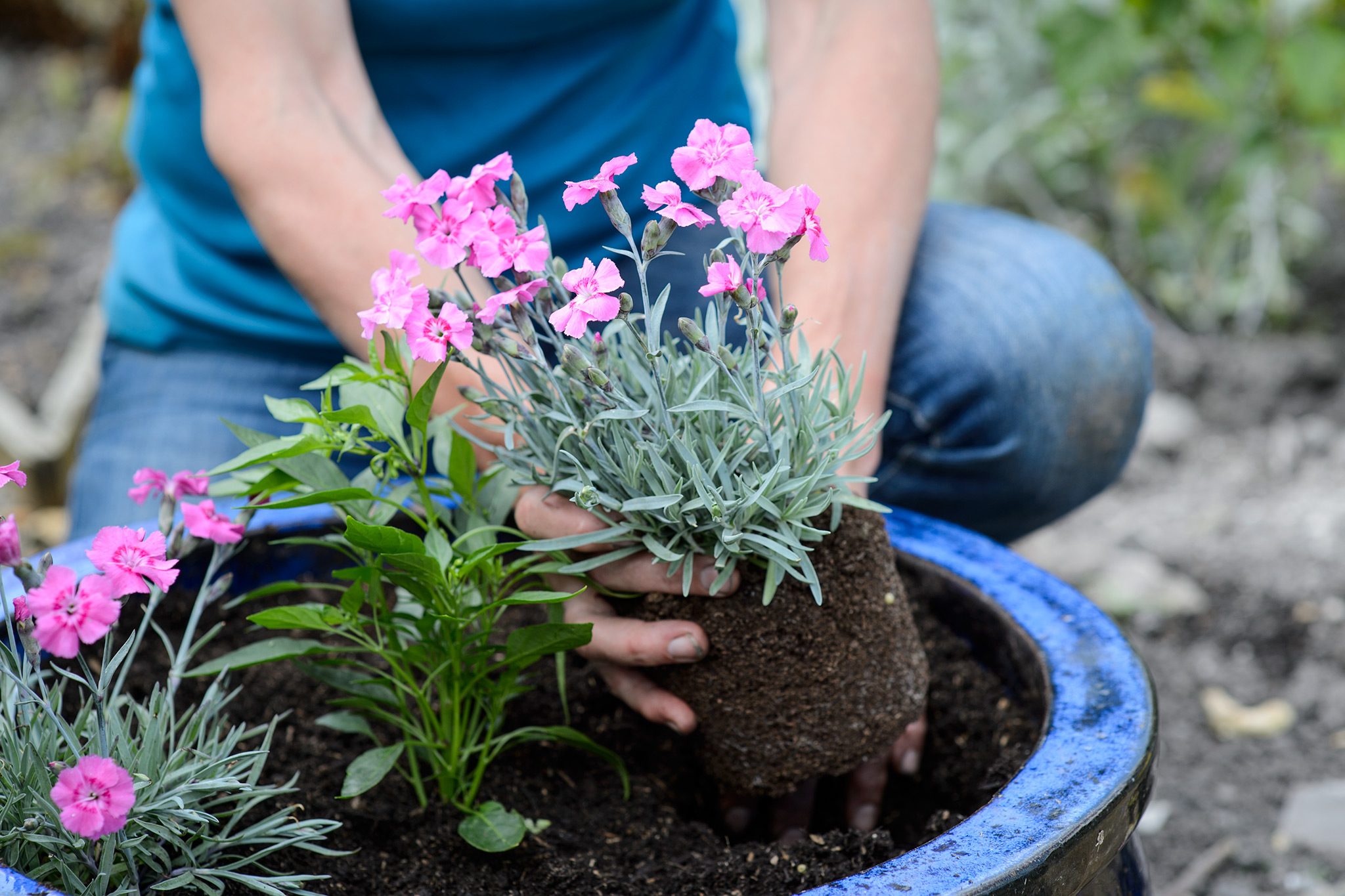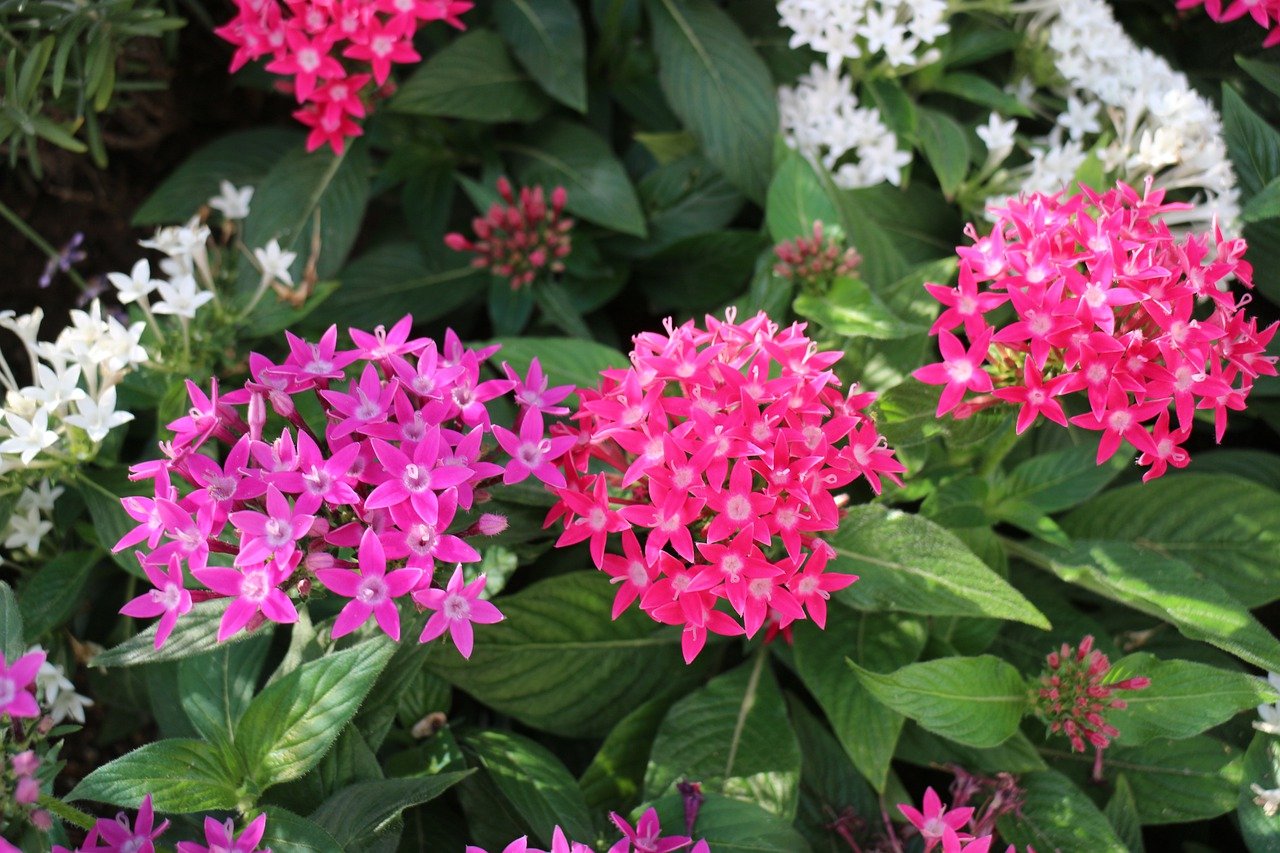Busy Lizzies are among the few annual plants that bring vibrant flowers to shady gardens. They are ideal for hanging baskets or containers on patios and porches.
Table of Contents
ToggleAbout Busy Lizzies
Impatiens are widely loved as both bedding plants and hanging ornaments. Commonly known as “Busy Lizzies,” these charming plants require little upkeep and don’t even need regular pinching! Their botanical name, Impatiens, comes from Latin, referring to how their seeds explosively eject from their pods when mature (a simple touch can cause a ripe impatiens seed pod to burst open and scatter seeds).
Most ornamental impatiens belong to two main groups: Impatiens walleriana and New Guinea impatiens (Impatiens hawkeri). While their appearance varies, their growing needs are quite similar. Walleriana varieties are less sun-tolerant than New Guinea types, which also feature larger, more robust leaves.
Impatiens are typically short to medium in height, growing between 8 and 15 inches tall, though certain varieties can reach up to 30 inches. In frost-free climates, they behave as perennials, but they are usually cultivated as annuals or indoor plants in cooler regions.
Planting
Impatiens are typically bought from garden centers or as liners (small starter plants) through online retailers. Most impatiens flourish in dappled or partial shade. Shielding them from the intense afternoon sun helps preserve their vibrant colors. However, some newer cultivars are more tolerant of sunny spots.
Where to Plant Impatiens
- Impatiens thrive best in soil rich in organic matter, consistently moist, and drains well.
- Pick a planting site that offers some protection from strong winds.
- Ideally, the soil pH should be slightly acidic, around 6.0 to 6.5, but impatiens are quite adaptable. Unless your soil is drastically different, adjusting the pH is usually unnecessary.
- The closer you plant impatiens together, the taller they tend to grow, so keep spacing in mind (they can range in height from 6 to 30 inches). Space them 10 to 12 inches apart in garden beds to encourage a fuller, low-growing appearance.
- Blend in compost or a slow-release fertilizer into the soil before moving the plants into their new home.
When to Plant Impatiens
Transplant impatiens only after the last spring frost date and nighttime temperatures are consistently above 40°F. If you’re growing impatiens from seed, start them indoors roughly 12 weeks before your expected last frost date, so be sure to plan.
How to Plant Impatiens
To transplant impatiens:
Gradually acclimate impatiens bought from a greenhouse or garden center to outdoor conditions.
- Work compost or well-aged manure into the planting soil.
- Dig a hole larger than the container the plant came in.
- Gently remove the young impatiens, loosening any roots circling the container.
- Set the impatiens into the hole, firmly pressing the soil around it to eliminate air pockets.
- Water thoroughly after planting, and spread a layer of mulch.
To start impatiens from seed:
Fill a tray or several small pots with pre-moistened seed-starting mix blended with compost.
- Cover the surface of the mix with a thin layer of vermiculite.
- Place seeds directly on the vermiculite and press lightly to ensure good contact. Do not cover the seeds with soil.
- Mist the surface gently with water.
- Place a humidity dome or clear plastic wrap over the trays or pots to lock in moisture.
- Set them in a bright, well-lit spot.
Seeds should sprout within 14 to 20 days. Once the second set of leaves appears, remove the plastic. When seedlings reach about one inch tall, transplant them into individual pots or cells to continue growing. Be sure to harden them off before moving them outdoors.
Growing
Learning how to grow impatiens is easy. These easygoing plants flourish with minimal care when placed in the right spot.
- Consistent watering is key to growing healthy impatiens. Keep the soil moist, but dont make it soggy. If the plants dry out, they may start shedding their leaves, while overwatering can lead to fungal problems.
- Impatiens grown in containers will appreciate a dose of fertilizer every two weeks and regular watering.
- Although deadheading isn’t absolutely required, removing spent blooms will help the plants look tidier and promote even more flowers.
Overwintering Impatiens
Impatiens are perennial in warm to mild cold climates, but even a mild frost can wipe them out. If there’s a particular color you’d like to keep through the winter, you can either take cuttings or carefully dig up the plant and move it indoors. Depending on how much natural light you have and the length of your days, you might need to use a grow light to keep them healthy.
Propagating Impatiens
Impatiens are easy to propagate from stem cuttings. It’s an excellent way to multiply or share a favorite color with a friend. As the growing season ends, taking cuttings and nurturing them indoors over winter is often simpler than digging up whole plants and trying to keep them alive.
- Start by inspecting your plant to ensure it’s free from pests.
- Sterilize your pruning shears with rubbing alcohol.
- Select a few healthy stems and cut them approximately 4 to 6 inches below the flower.
- Remove the blossom along with all but the top one or two sets of leaves.
- Place the cuttings in a clear glass of clean water. If tap water is chemically treated, let it sit out for 24 hours to allow most chemicals to evaporate.
- After one to two weeks, when you see fine white roots developing, you can move the cuttings into the soil in one of two ways:
- Pot each cutting individually in containers filled with moist potting soil.
- Gradually add a small potting mix to the glass daily until the container is full of soil over a week. Once the jar is packed with soil, gently remove the rooted cuttings and transplant them into separate pots.

